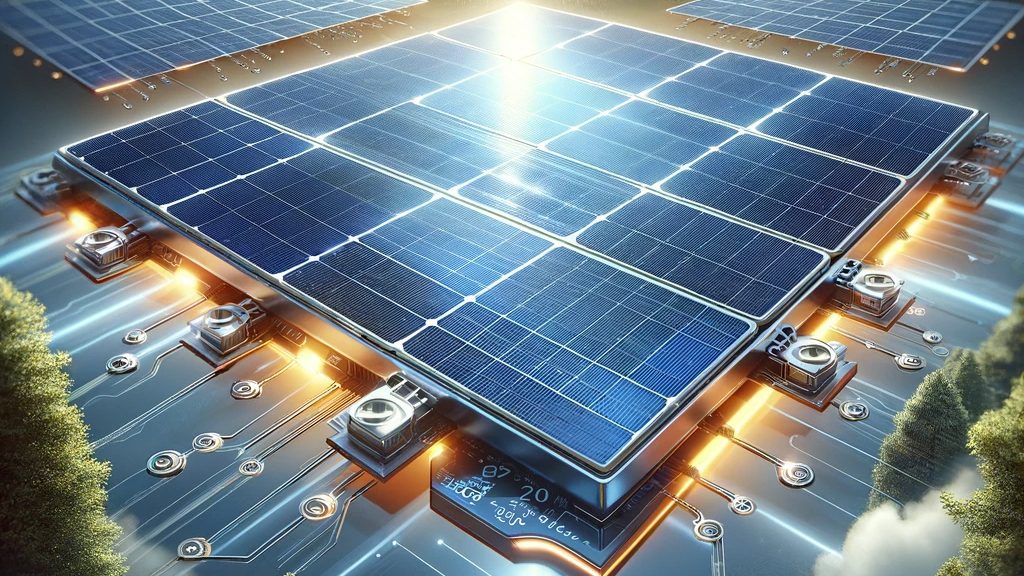In the dynamic realm of solar energy, BC (Back-Contact) cell technology emerges as a pivotal innovation. This technology, pivotal in the domain of photovoltaic energy conversion, offers enhanced efficiency and augmented power output.

The essence of BC cell technology lies in its novel back contact design, optimizing light absorption. This design strategically positions metal contacts and PN junctions on the cell’s rear, eliminating front surface obstructions and enabling maximal sunlight absorption. This structural refinement significantly elevates the cell’s efficiency in converting light to electricity, yielding greater power from the same surface area.
BC cell technology’s versatility is noteworthy. It transcends specific cell types, presenting a versatile platform for integration with various cutting-edge technologies to further elevate performance. Notable combinations like TOPCon+BC (Tunnel Oxide Passivated Contact solar cell) and HJT+BC (Heterojunction Technology) have shown impressive efficiency enhancements in solar cells.
In the broader spectrum of N-type cell technologies, BC cell technology holds a prominent place. It complements other technologies like TOPCon and HJT, each contributing uniquely to solar cell performance enhancement. While BC batteries concentrate on structural advancements for optimal light absorption, TOPCon and HJT focus on improving surface passivation and heterojunction interfaces, respectively.
As the quest for more efficient and cost-effective solar cells accelerates, BC cell technology stands out as a leading contender. Its improved power output, adaptability, and compatibility with other technological advancements position it favorably in the fast-evolving solar energy landscape.
FAQs on BC Cell Technology
- How does BC cell technology enhance solar cell efficiency?
BC cell technology increases efficiency by relocating contacts and junctions to the cell’s back, removing front surface obstructions and allowing for more effective sunlight absorption and conversion to electricity. - How do BC cell technology and technologies like TOPCon and HJT differ?
While BC cell technology focuses on back contact design, TOPCon and HJT technologies concentrate on surface passivation and heterojunction interfaces, respectively. Although they share the objective of improving solar cell performance, their methods are distinct. - What are some combinations of BC cell technology with other advancements?
BC cell technology can be integrated with technologies like TOPCon and HJT to create highly efficient solar cells, such as TBC (TOPCon+BC) and HBC (HJT+BC) cells. These combinations harness the strengths of each technology for superior performance. - What are the prospects of BC cell technology in the solar industry?
BC cell technology, with its high efficiency, adaptability, and compatibility with other advancements, is poised to play a significant role in the future development of the solar industry. It holds great promise for enhancing solar power generation and reducing costs. - What challenges does BC cell technology face in its development?
BC cell technology faces challenges including production costs, complex manufacturing processes, and compatibility with existing technologies. Continuous innovation and research are crucial to overcome these obstacles and realize its full potential.


